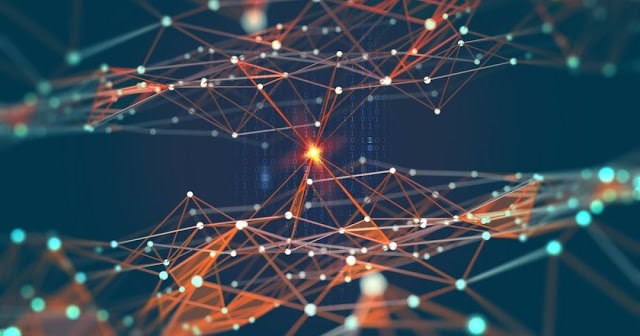How AI is used
Man-made consciousness (simulated intelligence) remains one of the most groundbreaking advancements in recent memory, enrapturing the creative minds of researchers, technologists, and society at large. With attaches following back to the old way of thinking, computer-based intelligence has developed from speculative thoughts to a substantial power deeply shaping our regular routines. In this exhaustive investigation, we leave on an excursion through the chronicles of simulated intelligence, diving into its starting points, following its turn of events, and imagining its future direction.
The Beginning of Man-made Reasoning:
The mission for man-made consciousness can be followed back to relics, where savants like Aristotle considered the idea of thought and reason. Nonetheless, it was only after the twentieth century that man-made intelligence arose as a particular field of study. The original work of Alan Turing laid the hypothetical preparation, with his idea of a general machine fit for playing out any possible calculation.
The Introduction of Current man-made intelligence:
The post-war time saw a flood of interest in mechanizing human-like undertakings. The Dartmouth Meeting in 1956 denoted the proper birth of simulated intelligence as a field, with pioneers like John McCarthy, Marvin Minsky, and Herbert Simon driving the charge. Early undertakings zeroed in on representative artificial intelligence, which relied on rational reasoning and rules to copy human comprehension.
From Representative to Subsymbolic Simulated Intelligence:
Despite starting hopefulness, progress in emblematic man-made intelligence soon leveled because of the intricacy of encoding human information into rules. This incited a shift towards subsymbolic approaches, for example, brain organizations and AI. The approach of strong PCs and the accessibility of huge datasets proclaimed another period of man-made intelligence abilities.
The Computer-based Intelligence Renaissance:
The turn of the 21st century saw a man-made intelligence renaissance powered by leap forwards in profound learning. Brain networks with numerous layers showed uncommon execution in assignments like picture acknowledgment, regular language handling, and game playing. Organizations like Google, Facebook, and Amazon put vigorously in simulated intelligence research, prodding quick headways and far-reaching reception.
Moral Contemplations and Cultural Effect:
As simulated intelligence pervades different features of society, moral contemplations come to the front. Concerns in regards to work removal, algorithmic predisposition, and the abuse of computer-based intelligence for reconnaissance or fighting interest cautious examination. Drives for dependable simulated intelligence advancement and guidelines are in progress to moderate dangers and guarantee that artificial intelligence serves the aggregate great.
The Future Skyline:
Looking forward, the direction of artificial intelligence seems unfathomable. As specialists push the limits of man-made intelligence capacities, questions emerge about the idea of awareness, imagination, and moral organization in fake frameworks. Ideas like counterfeit general knowledge (AGI) and the peculiarity enrapture the creative mind, starting discussions about the ramifications of making conscious machines.
End:
Man-made consciousness remains at the nexus of mechanical development and human goals. From its unassuming starting points as a philosophical idea to its ongoing sign as an extraordinary power, man-made intelligence keeps on reclassifying the limits of what is conceivable. As we explore the intricacies of computer-based intelligence improvement, it is basic to move toward this excursion with insight, premonition, and an unfaltering obligation to tackle the force of simulated intelligence to improve mankind.








